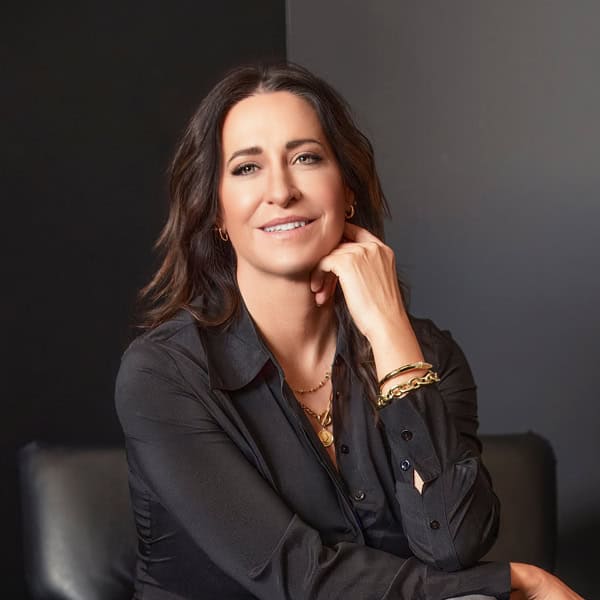Blogs
Do Children Outgrow Scoliosis by Themselves? Insights from Dr. Katalina Dean of The Scoliosis Center of Utah

Scoliosis is a condition that many parents may find themselves grappling with when it comes to their children’s health. The question, “Do children outgrow scoliosis by themselves?” is a common one, laden with hope and concern. In this blog, Dr. Katalina Dean of The Scoliosis Center of Utah offers her expertise on this critical issue, emphasizing the importance of early detection and the benefits of holistic treatment methods such as the ScoliBrace™ system and Chiropractic BioPhysics®.
Introduction to Scoliosis
Scoliosis is a medical condition characterized by an abnormal lateral curvature of the spine. While mild cases may not cause significant issues, severe scoliosis can lead to debilitating pain and respiratory problems. Common misperceptions include the belief that scoliosis can be outgrown naturally without intervention or that it always requires invasive surgery. While the natural history of scoliosis can vary, it’s crucial to understand the importance of monitoring and treating the condition to avoid long-term complications.
Long-term Complications of Scoliosis
The long-term complications of scoliosis, particularly if left untreated, can be severe and far-reaching. One of the most prevalent issues is chronic pain, which can manifest as persistent back, shoulder, or neck pain due to the abnormal alignment of the spine placing extra stress on muscles and nerves. In more severe cases, scoliosis can lead to respiratory complications because the curvature of the spine can restrict lung capacity and function, making breathing more difficult.
Additionally, individuals with untreated scoliosis may experience cardiovascular issues stemming from the reduced space in the chest cavity affecting heart function. Another significant concern is the potential for reduced mobility and physical function, which can impair daily activities and overall quality of life.
Finally, untreated scoliosis can have psychological and social ramifications, including decreased self-esteem and social withdrawal, particularly among adolescents who may be more self-conscious about their appearance. Early intervention and treatment are paramount to mitigating these long-term complications and ensuring a better quality of life for those affected by scoliosis.
How Many Adults Live with Chronic Back Pain as a Result of Scoliosis?
Chronic back pain is a significant concern for many adults who have lived with scoliosis since childhood. Studies suggest that approximately 40 to 60 percent of adults with scoliosis experience chronic back pain. This prevalence highlights the critical need for long-term monitoring and intervention strategies. Chronic back pain in these individuals is often due to the continued progression of the spinal curvature over time, which places abnormal stress on the vertebrae, muscles, and nerves. As such, the management of scoliosis should not be viewed as merely a pediatric concern but as a lifelong issue requiring comprehensive care plans tailored to individual needs.
Scoliosis in Children: Growth Phase and Potential for Natural Correction
In children, scoliosis typically manifests during periods of rapid growth, such as puberty. The spine’s growth can exacerbate the curvature, making close monitoring essential. While some mild cases may stabilize as the child grows, relying solely on natural correction is risky. The potential for progression, especially during growth spurts, underscores the need for proactive management.
Dr. Katalina Dean explains, “It’s a common misconception that all children will simply outgrow scoliosis. While in some instances, mild curves may not progress, relying on natural correction alone can lead to missed opportunities for early intervention that can prevent further progression.”
Insights from Dr. Katalina Dean: The Importance of Early Detection and Treatment
Early detection of scoliosis is critical in managing the condition effectively. Regular screenings and check-ups during a child’s growth phase can help identify any signs of scoliosis early on. Dr. Dean emphasizes the role of non-invasive treatments like the ScoliBrace™ system in managing scoliosis.
“The ScoliBrace™ is a revolutionary treatment that works by guiding the spine into a more natural position and encouraging symmetrical growth. It’s designed to be customized to each patient, providing a highly effective and individualized approach to managing and even reversing scoliosis,” she notes.
The Role of Holistic Methods: Chiropractic BioPhysics®
Holistic treatment methods, such as Chiropractic BioPhysics® (CBP), are also vital in managing scoliosis in children. CBP combines traditional chiropractic techniques with advanced biomechanical principles to correct spinal alignment and improve overall posture.
Chiropractic BioPhysics® focuses on not only correcting the curvature but also enhancing the child’s overall spinal health. This comprehensive approach ensures that we address the root cause of the problem rather than just the symptoms,” Dr. Dean explains.
Practical Advice for Parents and Healthcare Professionals
For parents and healthcare professionals, recognizing the early signs of scoliosis is paramount. Some common indicators include uneven shoulders, a prominent ribcage, and an asymmetrical waistline. If any of these signs are present, seeking a professional evaluation is crucial.
“Parents should not wait for visible signs to worsen before seeking help. Early intervention can make a significant difference in the progression and management of scoliosis,” advises Dr. Dean.
The Importance of Proactive Care
While the idea that children might outgrow scoliosis without intervention is a hopeful one, it’s not a reliable strategy. Proactive care, early detection, and the use of holistic treatment methods such as the ScoliBrace™ system and Chiropractic BioPhysics® can significantly impact a child’s health and quality of life.
At The Scoliosis Center of Utah, Dr. Katalina Dean and her team are dedicated to providing comprehensive care tailored to each patient’s unique needs. By focusing on early intervention and holistic treatment, they aim to help children manage scoliosis effectively and live healthier, more comfortable lives.
For more information or to schedule a consultation, please contact The Scoliosis Center of Utah. Together, we can ensure that your child receives the best possible care for scoliosis.

Dr. Katalina Dean
Dr. Katalina Dean is the founder and clinical director of Scoliosis Center of Utah, in Midvale, UT. Her team specializes in posture correction, spinal rehabilitation, and non-invasive scoliosis care and bracing.
Call Today
Do You Qualify for Care?
Schedule an Appointment Below
